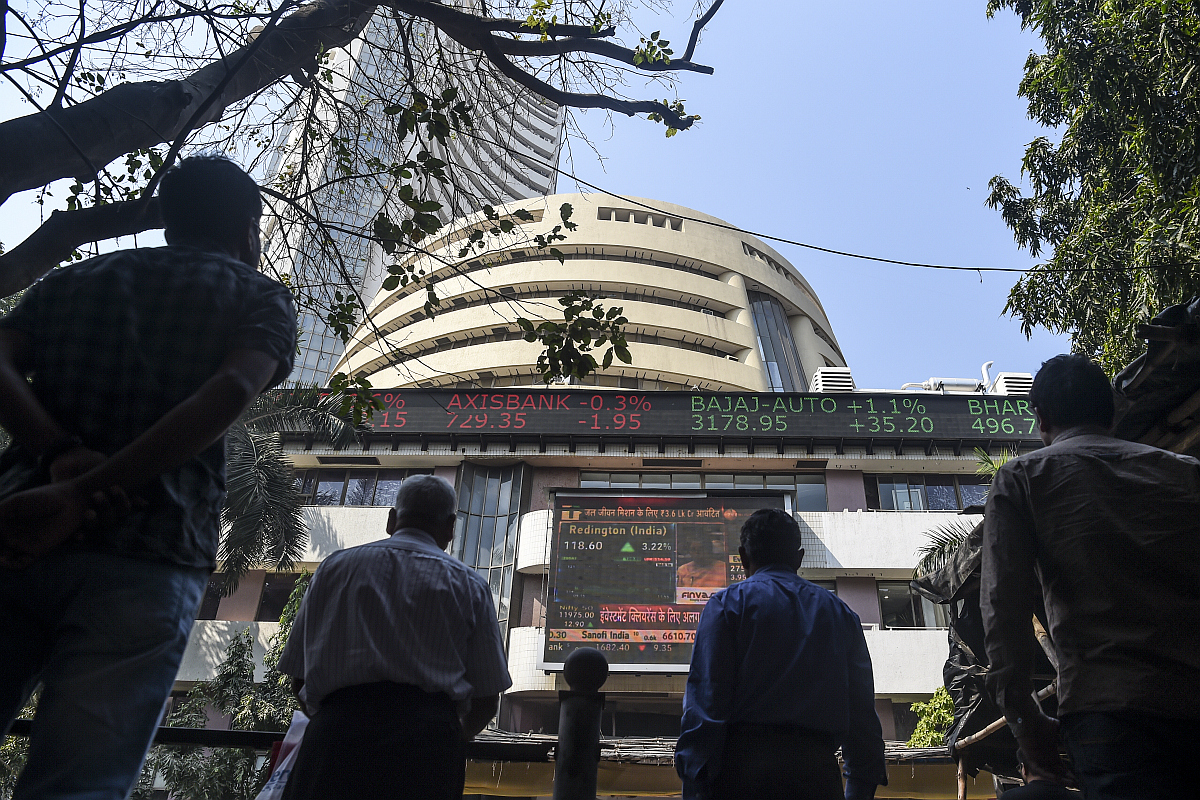Mutual funds raise Rs 14,370 crore via new fund offers in June
Mutual fund industry witnessed strong inflow via new fund offers (NFOs) in June as 11 NFOs of different fund houses collected Rs 14,370 crore last month.
Indian stocks have been able to hold on to all-time highs when market breadth is healthy. Readings of over 15 per cent NSE 500 Index member stocks touching a new 52-week high is positive, said a report by DSP Mutual Fund.

Representation image [File Photo]
Indian stocks have been able to hold on to all-time highs when market breadth is healthy. Readings of over 15 per cent NSE 500 Index member stocks touching a new 52-week high is positive, said a report by DSP Mutual Fund.
A strong advance-decline market breadth where the number of advancing stocks significantly outweighs the declining stocks is a positive signal for the market, the report said. It suggested broad participation and indicated a healthy market trend.
Market Guru Bob Farell has said: “Markets are strongest when they are broad and weakest when they narrow to a handful of blue-chip names.”
Advertisement
Historically, NSE 500 has sustained new highs when at least 15 per cent of its member stocks make a new 52-week high. This reading should occur within two weeks of the index making a new lifetime high. Hence it is important to watch this indicator as market breadth continued to improve over the last one week, the report said.
Over the last decade and a half, small becoming smaller and weak becoming weaker have been better reflections than big becoming bigger.
The larger firms have enjoyed better profitability, market shares, and premium valuations versus the smaller firms, largely due to their ability to withstand multiple shocks and utilise their large balance sheets to spend on technology, the report said.
But the underperformance of smaller firms is likely to be extreme. Small-cap and emerging-market equities are now trading at better valuations than large-caps. Currently, emerging markets are trading at a PE ratio of 11 times, while US stocks are trading at 19 times, and tech stocks are trading at 27 times, the report said.
US small-caps are trading at 14 times earnings, while European small-caps are trading at 13 times earnings. From a cyclical and valuation perspective, smaller firms are placed much better than larger ones, both in terms of market capitalization and geographical split, the report said.
Advertisement